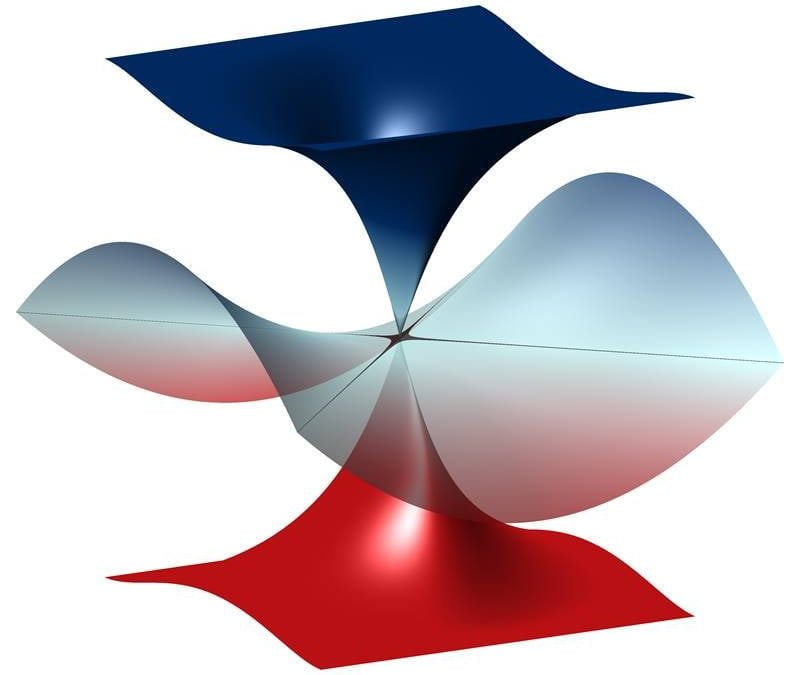By connecting electromagnetic waves and magnetism to create a system made of magnon polaritons, scientists demonstrated the existence of an “exceptional surface” for the first time. Magnon polaritons are a type of “quasiparticles.” These are disturbances that act like a particle despite not being a particle, like a bubble in a glass of soda. Exceptional surfaces were originally a purely mathematical concept. But recent research shows they have potential physical, real-world applications.
This work is highlighted by Phys.org and Department of Energy.
More information: Xufeng Zhang et al, Experimental Observation of an Exceptional Surface in Synthetic Dimensions with Magnon Polaritons, Physical Review Letters (2019). DOI: 10.1103/PhysRevLett.123.237202

